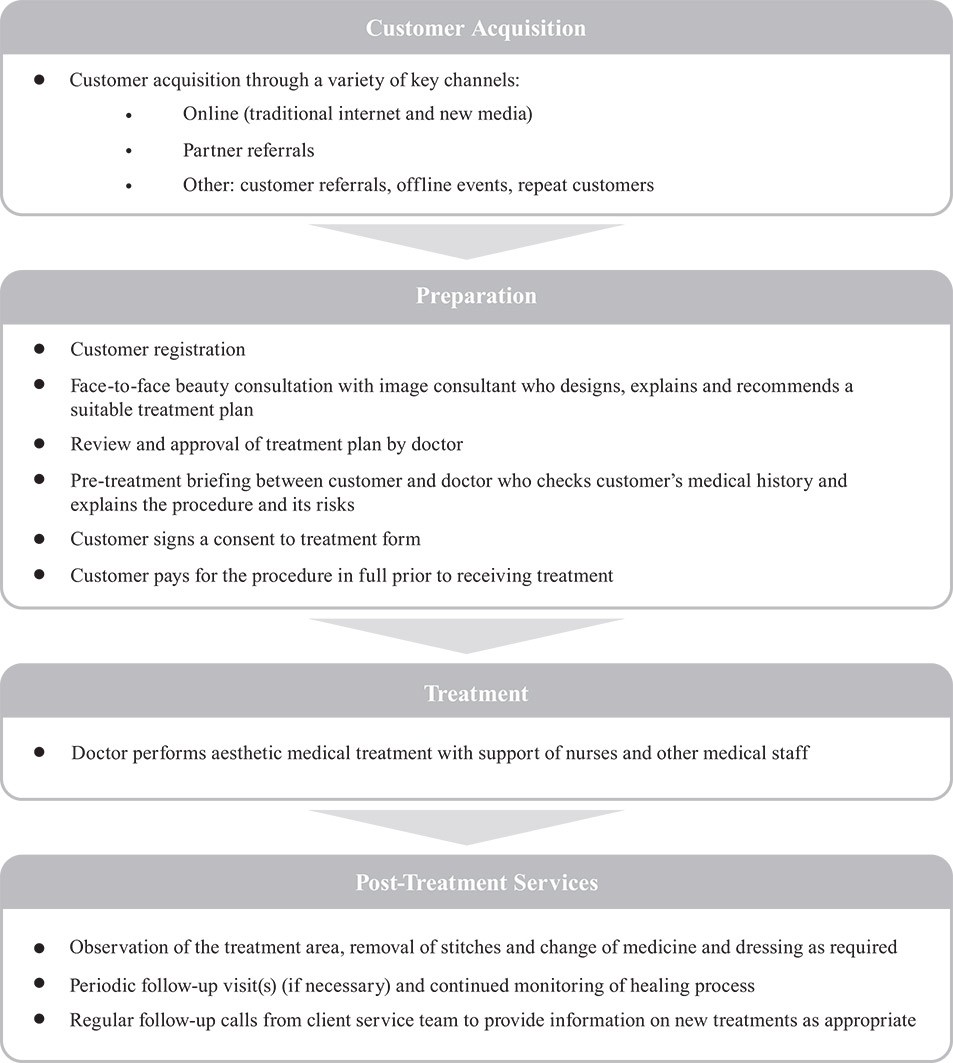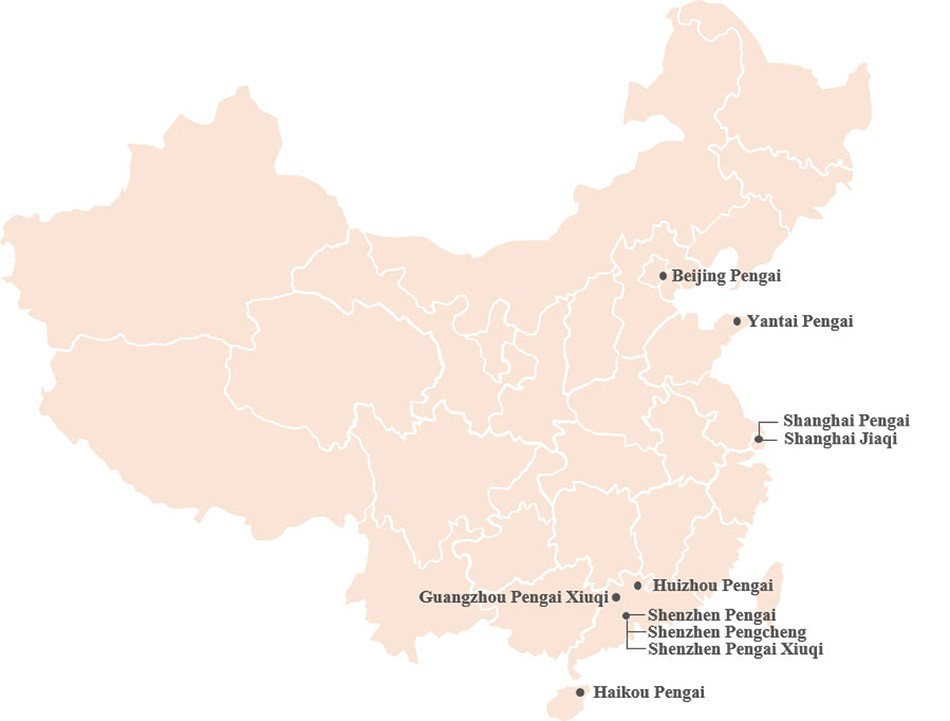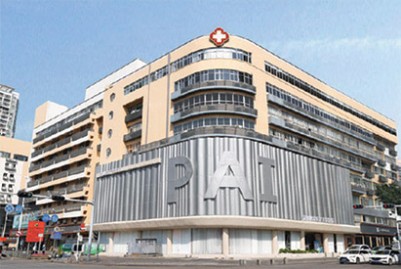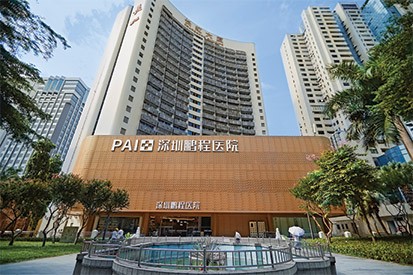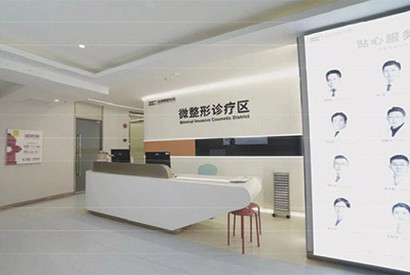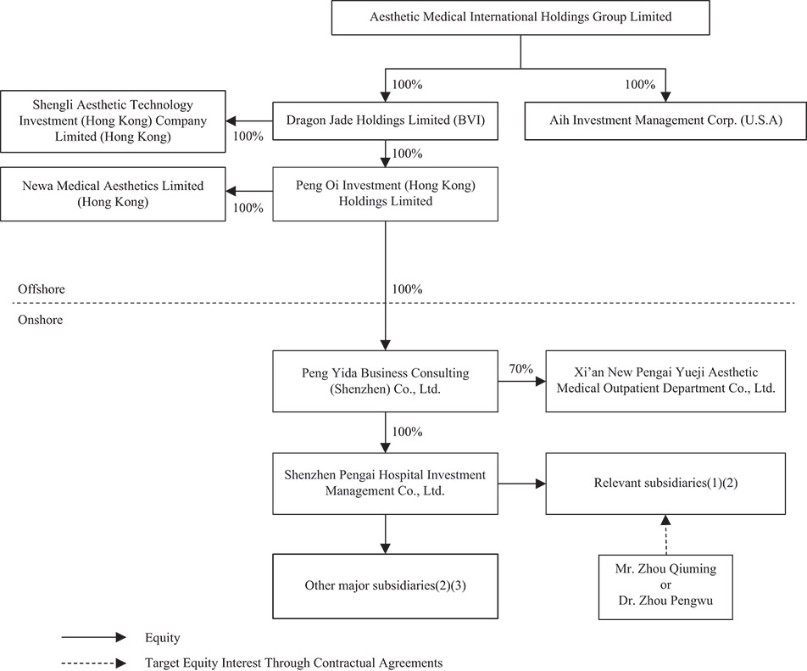Free signup for more
- Track your favorite companies
- Receive email alerts for new filings
- Personalized dashboard of news and more
- Access all data and search results
Content analysis
?| Positive | ||
| Negative | ||
| Uncertain | ||
| Constraining | ||
| Legalese | ||
| Litigious | ||
| Readability |
H.S. junior Avg
|
|
New words:
accuracy, agriculture, aired, antimicrobial, architecture, arithmetical, ascribed, assumption, Baby, Benkang, Binqi, Biology, Biopharmaceutical, Bo, Boosting, broader, Cell, Changsuo, CITIC, Clawback, clientele, compaliance, convertieble, coupled, cultivated, CVC, cyber, daughter, deeply, defrauding, Deji, deployed, Dewei, Dianping, discrepancy, Douyin, dual, Earth, edge, Elite, enrolled, erroneously, ESOP, essence, extracurricular, Fangxiang, Fasong, figure, founder, Fubang, Fujian, Golden, grace, graduated, Guangxi, Guiqian, Guizhou, heightened, Huayan, Huge, inclusive, industryare, Infusion, Introduction, Irvine, kindergarten, Lancy, Laurena, lC, Li, lifecycle, Lin, Luteng, Ma, Meituan, methodology, Michigan, Mingda, Minsheng, Molecular, Nanchan, newsletter, Onestop, PAC, paragraph, penetration, pioneer, poised, prioritize, prophylactic, Qi, Qiuming, recived, reinvest, Relay, residential, robust, Royal, salesforce, seamlessly, Sense, Shantou, Sheng, shopper, sister, solidifying, SVC, Tank, teaching, Tianqing, tied, TikTok, Trouble, twelfth, unaffected, undergo, Wenhui, Wider, Xiaohongshu, Xin, Xiuhua, Xu, Xuri, Yanyun, Yijing, Yingzhou, Yitai, Yuese, Zhang
Removed:
acting, actor, AomeiYixin, Artistic, artistry, biochemical, Bybridge, Capstone, Caring, Cathy, Centrale, Chamber, Chauveau, Chengdu, Chi, Chicago, Christian, Clarity, color, Conceptual, Conference, Connected, CSUNY, declining, dental, dispositive, Diversity, Ecole, educator, Eric, essential, European, expire, father, film, focusing, fundamental, globalization, Goettingen, guest, head, Hongfei, Hongwei, Hubei, Hunan, IAS, infection, IntelliProGroup, Intershore, Jiangmen, KKR, Korea, Kunming, La, lapsed, lecturer, Lille, lunch, Magazine, matching, McKinsey, Medal, Miki, MMM, Motorola, Movie, Navi, Nelson, Nishizhen, NYSE, Orthopedic, picked, Pingxiang, precautionary, quarantine, reportedly, resumed, resumption, SAR, Schneider, Shengda, Silicon, spokesperson, staggering, Stanford, starred, sterilizing, style, Sunergy, Takasaka, technique, temperature, till, TMF, track, Trobe, Tsang, Tsinghua, Valley, ventilating, Wan, Wei, Wendy, wife, Women, world, Ximan, Xue, Yan, Yueji, Yuexin, Yunnan, Zhinan
Filing tables
Filing exhibits
PAIYY similar filings
Filing view
External links
